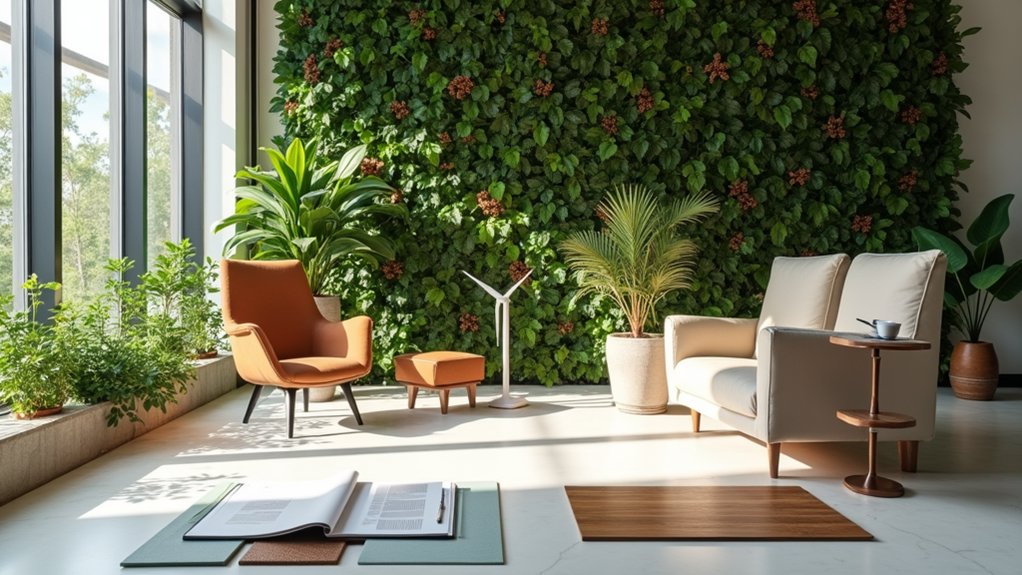As industries and consumers increasingly prioritize environmental responsibility, sustainable materials and design practices are fundamentally transforming how products are conceived, manufactured, and integrated into daily life. Life cycle assessments now guide material selection across sectors, from architecture to consumer goods, enabling manufacturers to evaluate environmental impacts from sourcing through disposal. This systematic approach has spurred innovation in eco-friendly materials, including high-strength composites and biodegradable polymers that match or exceed the performance of conventional alternatives. Companies focusing on 3D printing technology utilize sustainable materials to create innovative products with minimal waste.
The emergence of bio-inspired and nature-positive materials represents a significant shift in design philosophy. Manufacturers are incorporating renewable resources like cork, algae, and reclaimed wood, while developing sustainable chemistry practices that minimize toxic byproducts. Advanced research in biopolymers and nanocellulose continues to expand the possibilities for sustainable material applications.
Bio-inspired design revolutionizes manufacturing by harnessing natural materials and sustainable chemistry to create products that work in harmony with nature.
"The integration of circular design principles isn't just about environmental benefits," notes Dr. Sarah Chen, materials scientist at the Sustainable Design Institute. "It's revolutionizing how we think about product lifecycles and waste management."
Consumer preferences have become a powerful driver of this transformation. Environmentally conscious buyers increasingly favor products with transparent material sourcing and demonstrated ecological benefits. This market pressure has accelerated the development of durable, efficient alternatives that support sustainable business growth while enhancing user experience.
In architectural applications, non-toxic, low-emission materials improve indoor air quality and occupant wellness, influencing both residential and commercial design decisions.
The impact extends beyond individual products to entire supply chains and manufacturing processes. Lightweight, efficient materials reduce transportation costs and fuel usage, while energy-efficient production methods decrease greenhouse gas emissions.
These improvements align with broader industry goals for waste reduction and resource optimization. The implementation of reclaimed and recycled content has demonstrated that environmental responsibility can coexist with commercial success, as evidenced by the growing market share of sustainable products across sectors.
This transformation suggests a fundamental shift in how industries approach design, with sustainable materials serving as both impetus and foundation for lasting change.







